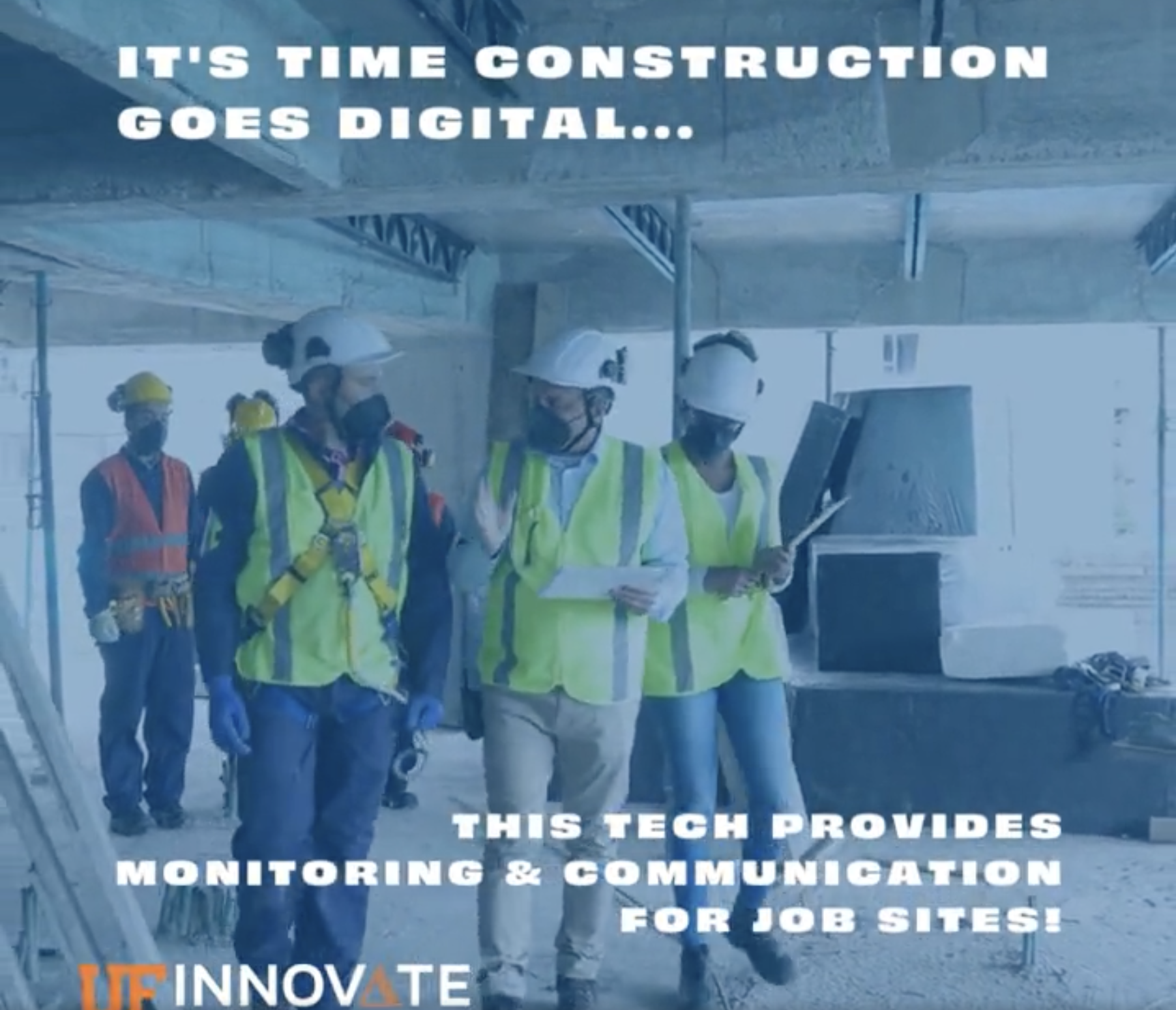Multi-Access Edge Computing System for Remote Locations
Provides Real-Time Monitoring and Communications for Construction Project Job Sites
This multi-access edge computing system connects and coordinates signals from multiple smart devices to provide real-time monitoring on remote construction work sites. The U.S. construction industry, valued at $2.1 trillion, is one of the largest markets in the nation. However, the industry is one of the least productive, operating in a high-risk environment. A major barrier construction projects face is the low access to high-speed internet and computing, making processing capabilities finite. Working in a dynamic and rapidly changing environment, hazard assessment is nearly impossible, and site monitoring and real-time communication are severely limited. Currently, the industry is heavily reliant on manual, time-consuming, and labor-intensive processes. But the construction industry is an environment ripe for automation. Emerging information and communication technologies offer the opportunity to address these industry challenges and beyond.
Researchers at the University of Florida have developed a multi-access edge computing system to manage signals to and from various heterogeneous sensors, software, and technology using the Internet of Things (IoT) architecture. This system, IoT-ACRES (IoT- Applied Construction Research and Education Services) uses machine learning to facilitate learning from new data to update upstream models. This enables safety risk analysis, site monitoring, and real-time updates of any aspect of a job site. It joins the physical and virtual worlds together, bringing computation and data to the source.
Application
Multi-access edge computing system using the Internet of Things (IoT) incorporates various heterogeneous sensors, technology, software, and AI to provide real-time construction site monitoring and feedback
Advantages
- Multitude of various sensor types and configurations enables multiple applications for construction and the built environment
- IoT-ACRES framework interconnects, shares, and uses data seamlessly and efficiently, allowing for interoperability among various IoT sources
- Incorporation of Artificial Intelligence (AI) and Machine Learning algorithms enables the real-time identification of hazards in dynamic construction environments, increasing site safety
- Enables the rapid monitoring and coordination of robotic and human assets on a job site, increasing productivity, quality, and safety on a construction site
- Data provides opportunities for optimization and productivity improvement
- The system prioritizes data streams for maximum offloading capabilities
- Edge computing and edge network management enable real-time analysis of multi-form data and rapid, real-time response to the IoT field conditions
Technology
This multi-access edge computing system utilizes the Internet of Things (IoT) to incorporate a multitude of heterogeneous solutions and provide construction site tracking. It comprises sensors, edge computing, cloud computing, and local computing systems. The sensors collect data from the site and transmit it to the local computing system, which in turn processes it and transmits the results to the edge computing system. The edge computing system functions as a middleman, processing data at an edge location of a local network at the construction site before sending the information to the cloud computing systems. The cloud computing system uses cloud servers and machine learning models to collect and compile the data processed by edge computing systems. The integration of data from localization systems with other internet-enabled sources can provide valuable information on real-time safety risks and system optimization.
Direct Link:
MP22058
